Source 2 Spark Ignites Counter-Strike 2 Map Creation: Half-Life: Alyx's Hammer Holds the Key Hey XenGamer folks, Shawn Snelling here.

Hey XenGamer folks, Shawn Snelling here. For those who don't know me, I've been kicking around the game dev scene for a while, cutting my teeth at Ritual Entertainment back in the SiN days and now knee-deep in Source engine wizardry. I run "Snelling's Source School" because, well, I love this stuff and sharing what I learn. And lately, there's been something big brewing in the world of Source 2 that's got my attention – and should have yours too, especially if you're a Counter-Strike 2 fan.
We're talking about Half-Life: Alyx's Workshop Tools, specifically, the Hammer editor. It's not just for VR anymore. Some clever folks have started cracking open the possibilities for Counter-Strike 2 map creation, and what they're finding is game-changing.
Facepunch Fireside Chats: The Community Leads the Charge
The buzz started, as it often does, in the trenches of the "Source Engine Development" subforum on Facepunch.com. Veteran mappers like TopHATTwaffle and Zetnus have been diligently exploring the Alyx Hammer editor, pushing its limits, and documenting their findings. Their threads are a goldmine of information on adapting the toolset for CS2.
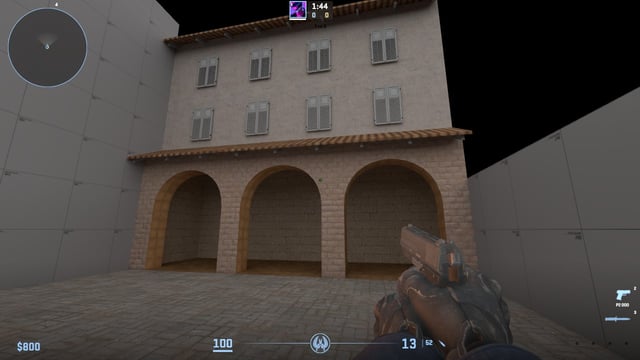
What's exciting is how much of Half-Life: Alyx's Hammer functionality is directly transferable to Counter-Strike 2. We're talking about a significant leap in visual fidelity and environmental interaction.
PBR, Lighting, and Environmental Storytelling: Level Up Your Maps
The headline here is Physically Based Rendering (PBR). Source 1, bless its heart, is showing its age. PBR allows for materials that react to light in a far more realistic way. Think of the difference between a flat, dull metal texture and one that gleams realistically, reflecting highlights and subtle color variations based on the surrounding environment. That's PBR.
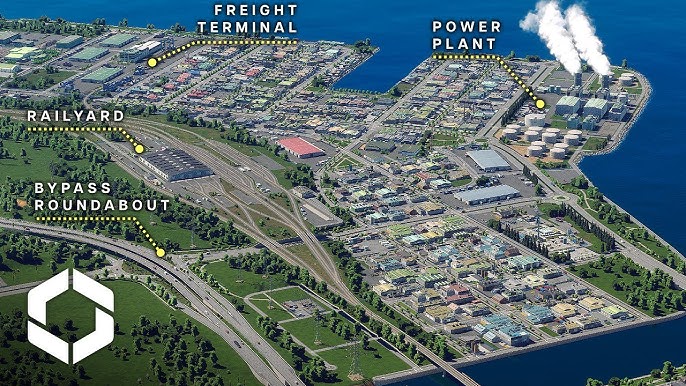
Then there's the improved real-time lighting and shadowing. Gone are the days of painstakingly crafting lightmaps with limited dynamic range. Source 2's lightmap baking tools are a massive step forward, allowing for much more nuanced and realistic lighting scenarios. Imagine crafting a dark, atmospheric alleyway with flickering neon signs casting dynamic shadows – something far more difficult to achieve in Source 1.

And finally, the possibilities for environmental interactions are expanding. We're not just talking about static boxes anymore. Destructible environments, advanced particle effects (think realistic smoke grenades or debris from explosions), and more sophisticated visual scripting open up a whole new dimension for gameplay and immersion.
From Source 1 to Source 2: Bridging the Gap
Of course, it's not all sunshine and roses. Porting existing Source 1 assets and techniques to Source 2 presents some challenges. Material conversion is a big one. You can't just copy and paste your old VMT files. You'll need to recreate them using Source 2's material system, taking full advantage of PBR workflows.
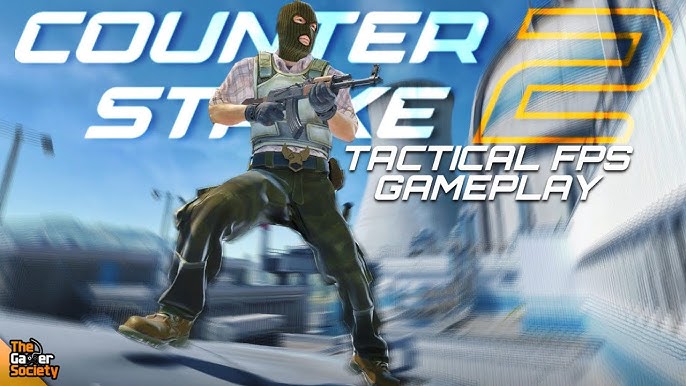
Another hurdle is optimization. Source 2 is more demanding than Source 1. You'll need to be mindful of polycounts, texture sizes, and lighting complexity to ensure your maps run smoothly, especially on lower-end hardware. The goal should be 120fps on mid-range machines as a bare minimum.
But here's the opportunity: this is a chance to reimagine Counter-Strike maps with a fresh coat of paint and a whole new level of interactivity. Think about how destructible cover could change the dynamics of a firefight, or how realistic smoke effects could impact visibility and strategy.
Time to Get Your Hands Dirty: XenGamer's CS2 Map Design Competition!
So, what's the call to action here? Simple: dive in! Download Half-Life: Alyx's Workshop Tools, start experimenting with the Hammer editor, and share your creations on the XenGamer forums. Let's build this Source 2 modding community together.
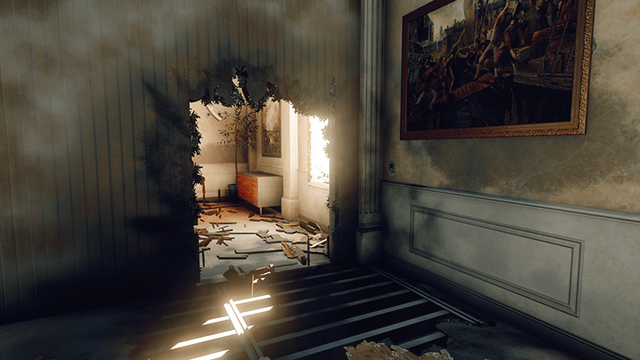
To kick things off, I'm proposing that XenGamer host a Counter-Strike 2 map design competition! Here’s the idea:
- Criteria: Maps will be judged on innovative use of PBR materials, creative level design (clear lines of sight, balanced chokepoints, a generally good experience), and optimized performance (aiming for that 120fps target on mid-range hardware).
- Categories: "Best Use of Lighting" and "Most Innovative Gameplay Mechanic."
- Prizes: Let's figure that out together! Maybe some shiny new hardware or a shout-out on the XenGamer front page?
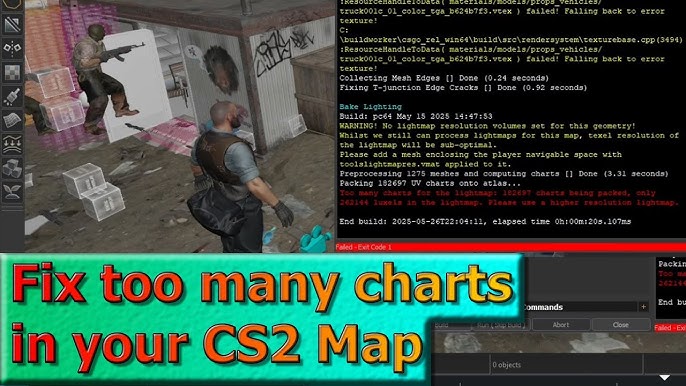
This is a chance to push the boundaries of Counter-Strike 2 map design, learn new skills, and contribute to a vibrant modding scene. The possibilities are endless, and I, for one, am incredibly excited to see what you all come up with.
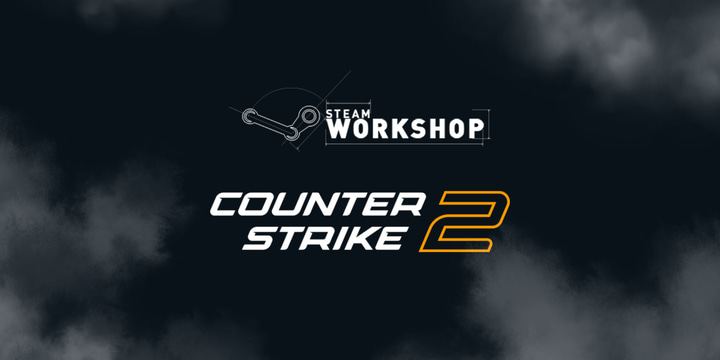
So, fire up those Workshop Tools, head over to the XenGamer forums, and let's get mapping! I'll be there, sharing tips and tricks and cheering you on. Let's make some Counter-Strike 2 history!

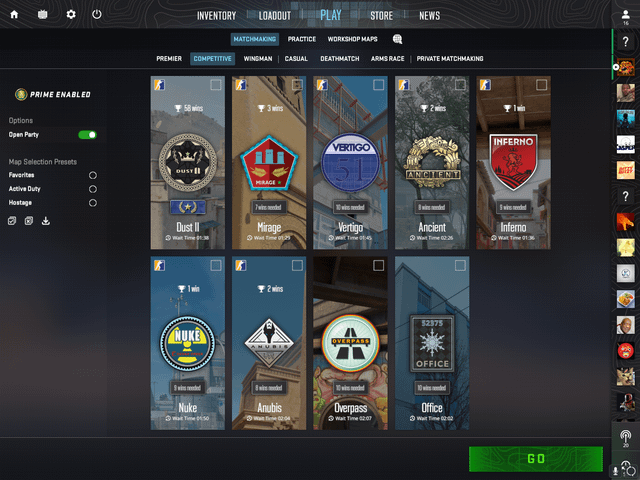
Made by Snelling.